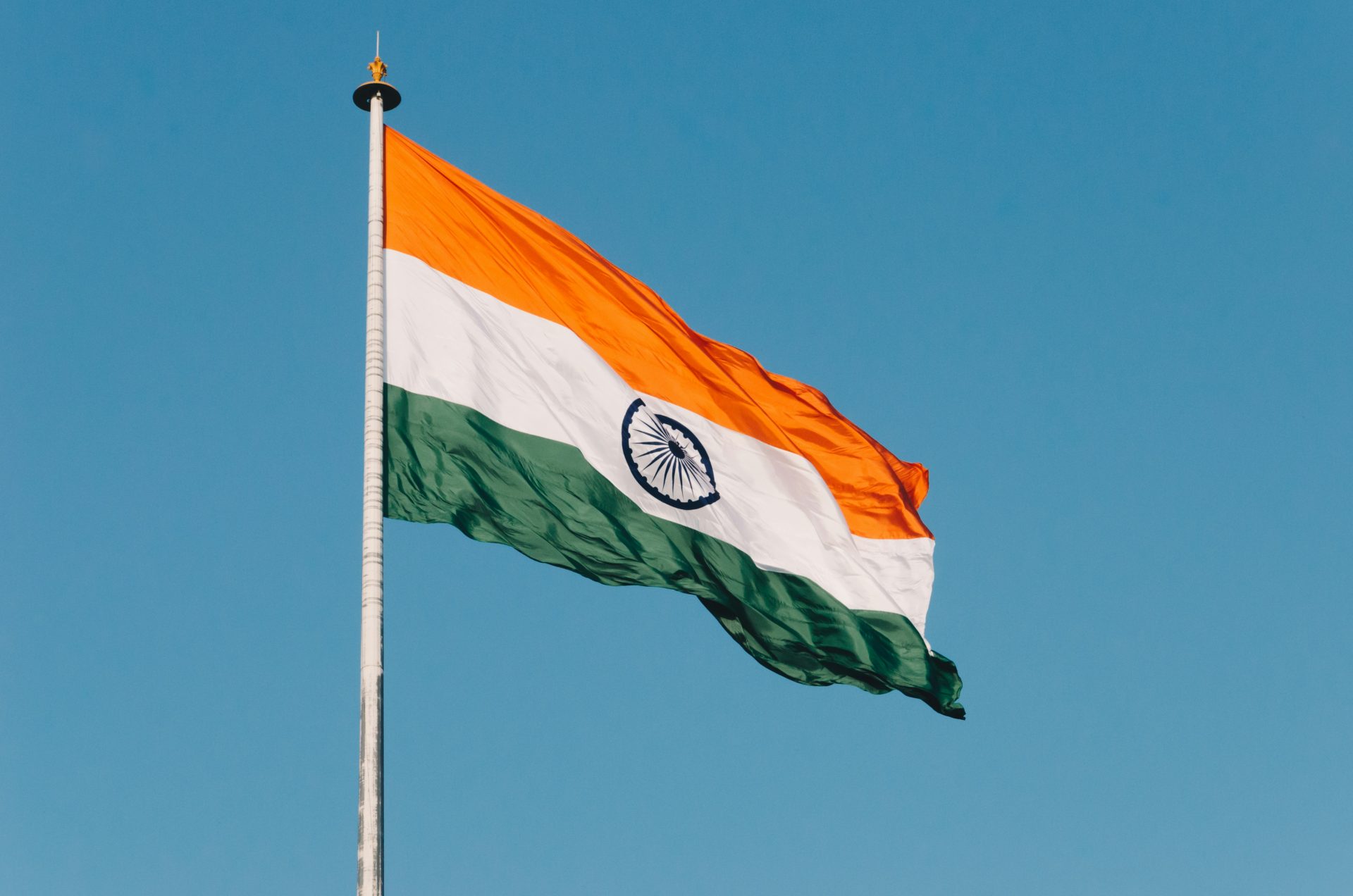India Deserves a Better Credit Rating and a Stronger Role for Local Rating Agencies
The Indian Economic Miracle
India’s economic trajectory over the past fifteen years has seen a remarkable transformation. Initially, the economy grew at a modest rate of three per cent under the UPA-led government, hindered by policy inertia, corruption, and a challenging twin balance sheet problem.
These factors contributed to global credit rating agencies assigning India the lowest investment grade rating. Fast forward to today, India emerges as the world’s fifth-largest and fastest-growing economy, boasting a robust 7.6 per cent growth rate in the previous quarter. At Purchasing Power Parity, India would be the 3rd largest economy. This turnaround was facilitated by a series of economic reforms, recapitalization of public-sector banks, and effective management of non-performing assets collectively enhancing India’s appeal to foreign investors.
The Major Ratings Agencies are Behind the Curve on India
But despite India’s economic resurgence, global ratings agencies like S&P and Moody’s have maintained India’s rating merely at the cusp of investment grade (BBB- and Baa3, respectively). This conservative stance quite simply does not correspond to India’s economic realities. Critics, including Sanjeev Sanyal, a member of the Prime Minister’s Economic Advisory Council, argue that these ratings fail to objectively assess India’s economic strength, highlighting India’s substantial foreign exchange reserves, a well-capitalized banking system, and a profitable corporate sector as indicators of financial stability and creditworthiness. Over and above that, India is one of very few countries that borrows exclusively in its own currency – making default impossible.
The global ratings agencies have opaque methodologies. It’s hard to fathom exactly why they are so biased against India. This glaring omission certainly calls into question their relevance when BRIC countries like India are concerned. Even worse, it begs the question as to whether they are unfairly biased against the global South in general, and against India in particular.
The Case for Local Rating Agencies
That is why I advocate for empowering domestic rating agencies such as CareEdge Group to issue sovereign ratings. After all, the Japan Credit Rating Agency – JCR rates Japan’s sovereign debt, and the China Chengxin Credit Rating Group rates China’s debt. So why shouldn’t India have at least one ratings agency that does the same?
After all, local agencies would be better positioned to understand the nuances of India’s economy and could offer more tailored and relevant assessments. This would also be a step towards reducing India’s and the global south’s dependency on foreign agencies with their one-size-fits-all methodology. Support for this idea from international organizations such as the World Bank underscores that this is an idea whose time has come.
The potential benefits include a levelling of the playing field and enabling developing countries to more accurately reflect their economic realities and capabilities.
My recommendations and Policy Implications
I urge the Indian government to take the following steps in support of this:
1. Officially authorizing and supporting domestic agencies to rate sovereign debt.
2. Encouraging or mandating the use of ratings from local agencies for domestic borrowers.
3. Advocating for a global reassessment of the credit rating system to better accommodate the dynamics of emerging economies.
In conclusion, elevating the role of local rating agencies in sovereign debt assessment could serve as a catalyst for more nuanced and equitable financial evaluations. It represents a critical step towards rectifying the misalignments between global credit ratings and the economic realities of countries like India, ultimately fostering a more inclusive and representative global financial system.




